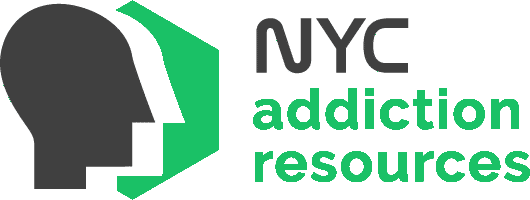Understanding the Difference Between Opioid versus Opiate addiction
Opiates are derived directly from opium poppy plants. Opiates are naturally formed. Opioids are synthetically formed to produce a drug. There is no real difference in how the brain and body react to opiates and opioids. Whether you are addicted to opiates or opioids the diagnosis is still opioid use disorder. The words opiate and opioid tend to be interchangeable even though there is a distinct difference in the substances. Since they both attach to the same opioid receptor in the brain, they have the same impact on a person. It makes sense because opioids are synthetic and were made to mimic opiates which are only produced by plants.
Why are opiates so hard to quit?
Getting clean from opiates can become a daunting and long task. Although opioid use disorder is a disease, there is no magic pill that can be used to resolve the illness. Instead, people addicted to opiates can spend years trying to walk away from the drug. Opioid intoxication is hard to walk away from because it causes a rush of euphoria that once achieved, people will continue to chase that same feeling over and over again. Withdrawal from opiates can start within 10-12 hours after use.
Most people addicted to opiates report this time frame being even sooner. Withdrawal symptoms can range from runny nose, yawning, tearing to vomiting agitation, depression and anxiety. Opiate addicts know that as soon as they use again, those symptoms will be immediately reversed. It becomes easy for an opiate addict to justify continued use because of how uncomfortable they feel from withdrawal symptoms.
What is an Intervention?
Sometimes people addicted to opiates are not going to be willing to seek help on their own. Before we get into what the process of treatment for an opiate addict looks like, it is important to look at the possibility of an intervention. If you have a loved one who is refusing help and the consequences of their drug use continue to pile up, the family might opt for an intervention. Very simply put, an intervention is an organized attempt to confront a loved one about their addiction.
An intervention allows loved ones the opportunity to confront a person who is abusing opiates (or any drug) and express how the misuse of drugs or alcohol has become a problem in their lives as well. Interventions are prepared confrontation that is organized by a professional and the addict’s loved ones. It takes place in a controlled environment so the person who is addicted is more likely to be receptive to the information. There are different models of interventions. Unfortunately, there is not a lot of research behind the effectiveness of interventions. For some people, interventions are a last resort and definitely one to consider.
Treatment for Opiate Addicts
For almost all opiate addicts, detox is a necessary first step in the treatment process. Detox is a medical intervention for those who will experience withdrawal symptoms because of their drug use. Although opiate withdrawal symptoms are seldom life-threatening, they are so severe that without proper medication to help a person to stabilize they will almost always struggle to get through those first couple days to a week coming off of opiates.
It is best to be monitored under medical supervision because of these withdrawal symptoms. After detox, most people will enter a residential program. During residential programs, clients are still monitored 24/7 but they move from medical interventions to clinical interventions. This is where the real start of therapy and different counseling styles will take place.
Residential is the highest form of clinical treatment without being in medical detox. The next stage of treatment is typically a partial hospitalization program or partial care program. Partial hospitalization or PHP is the highest form of outpatient care. It is considered outpatient because typically there is no sort of housing attached to the treatment. Although some clients find themselves in sober living facilities while they attend PHP, it is considered a step down from residential. PHP consists of a daily routine of therapy groups as well as individual therapy sessions. Partial care programs are the first step in getting opiate addicts into the “real world.”
After PHP programs, clients will move to intensive outpatient programs. Intensive outpatient programs or IOP is for clients that attend treatment 3 to 4 times a week for group therapy sessions as well as individual therapy sessions. During IOP, clients will really begin the healing process in therapy and start to uncover layers of their lives that are crucial to staying clean and sober. Outpatient treatment is the last stage of treatment for an opiate addict. OP has a heavy focus on individual care and at this stage, clients should be focused on relapse prevention, 12 step groups, support networks, following up with physicians, and trauma therapy.
It is important to remember that treatment is never one size fits all. Going to a treatment facility to understand the importance of assessments and placing people in the appropriate level of care that meets their individual needs is the most beneficial thing someone can do for an opiate addict.


